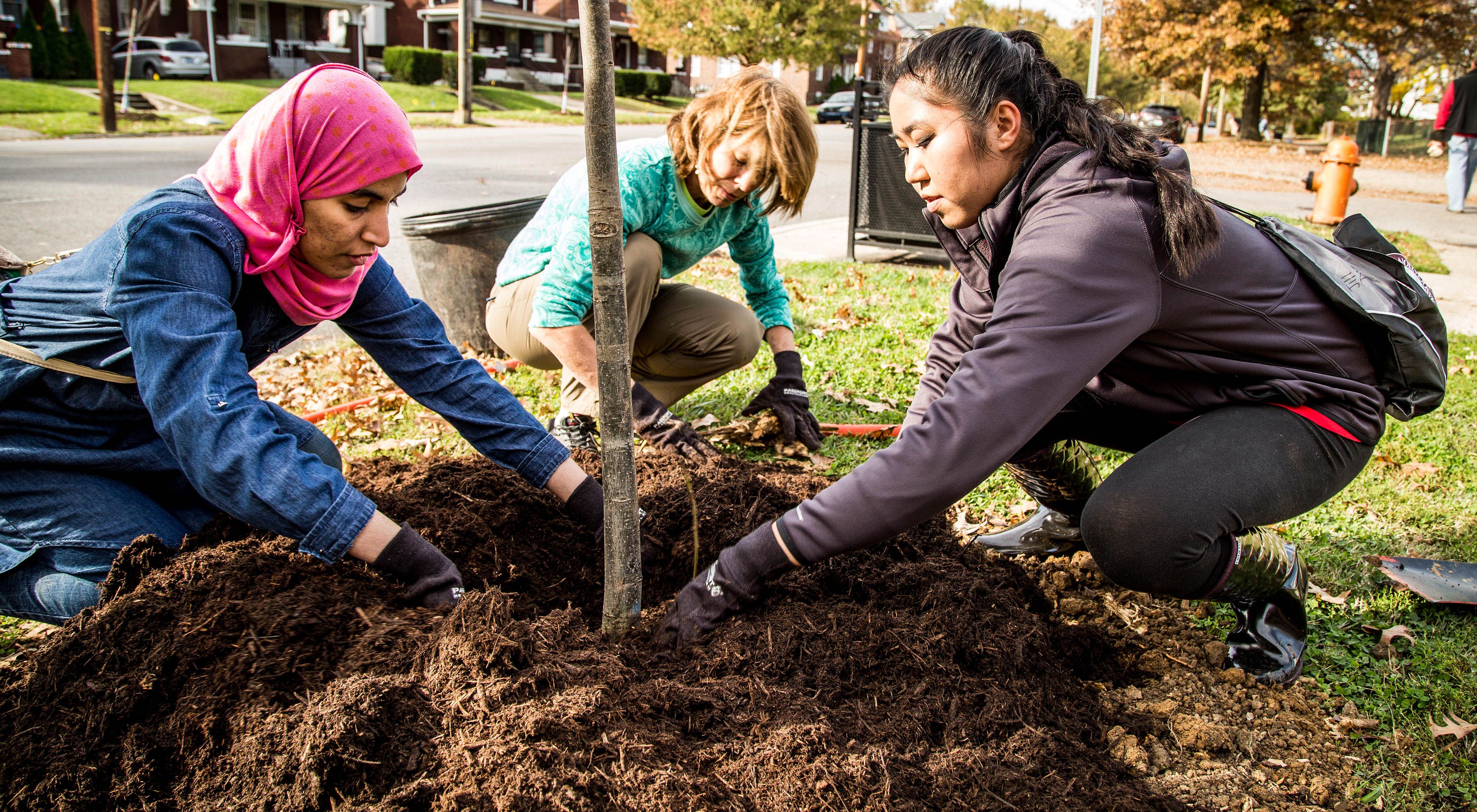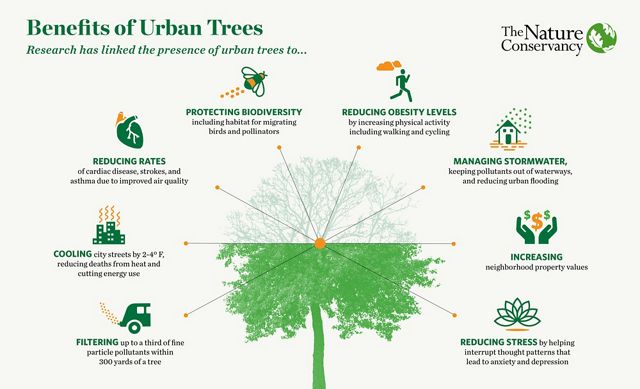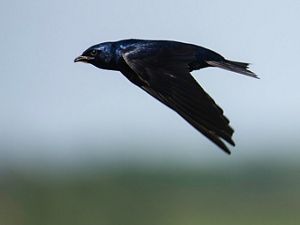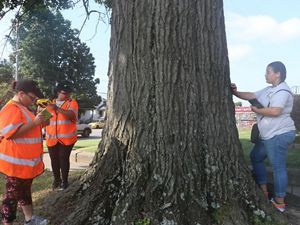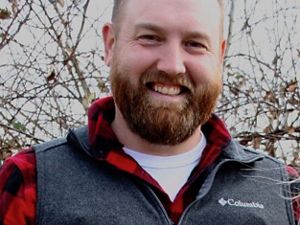Green Heart Project
This six-year urban laboratory investigation will measure the power of greenery as a public health strategy in Louisville neighborhoods.
In the fall of 2017, The Nature Conservancy and partners launched the Green Heart Project to examine the link between neighborhood greenery and holistic human health. This five-year, collaborative effort, led by the University of Louisville Envirome Institute, Hyphae Design Laboratory, and TNC could inform new, cutting-edge municipal decision-making processes that connect nature with health and well-being.
The Study: Do City Trees Affect Human Health?
Aruni Bhatnagar, Ph.D., a professor and researcher with the University of Louisville School of Medicine, worked for more than two years to develop the idea and build a team around the study.
“No one knows whether and to what extent neighborhood greenery affects human health and why,” Bhatnagar said. “This work will tell us exactly how to design a neighborhood that supports human health, one that might provide protection from everything from asthma to heart disease to dementia.”
Launched with an initial $5 million grant from the Owsley Brown II Family Foundation, the Green Heart Project received additional support—just one year into the study—from the National Institute of Environmental Health Sciences for the human health assessments, and from The Nature Conservancy for initial air quality monitoring.
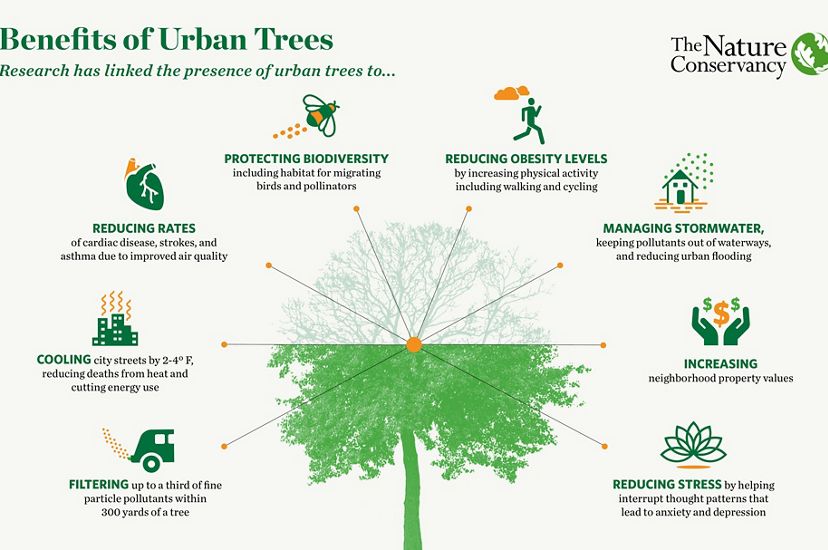
A First-of-Its-Kind Project
The growing support stems from an increasing body of research highlighting a link between urban greening and health outcomes. However, the Green Heart Project is the first controlled experiment to test urban greening in the same way a new pharmaceutical intervention would be tested. Specifically, the research team will first assess the risk of diabetes and heart disease, stress levels and the strength of social ties in 700 participants from targeted Louisville neighborhoods. The team will take baseline measurements of air pollution levels at the same time.
Next, the team will plant thousands of trees, plants and shrubs throughout the neighborhoods to create an urban ecosystem that promotes physical activity while decreasing noise, stress and air pollution. After that, the 700 participants will receive annual check-ups to evaluate how the increasing greenery has affected their physical and mental health, and their social ties.
“The project brings together the expertise of university researchers, city officials and nonprofit leaders to, for the first time, scientifically quantify a link between how humans and nature are intrinsically linked.” says David Phemister, The Nature Conservancy’s Kentucky state director. “New evidence revealed through the study will inform better policies and investments in nature, and in human health, in the future.”
In addition to Hyphae Design Laboratory and TNC, the University of Louisville Envirome Institute is collaborating on the Green Heart Project with additional partners that include Washington University in St. Louis, Cornell University and the U.S. Forest Service.
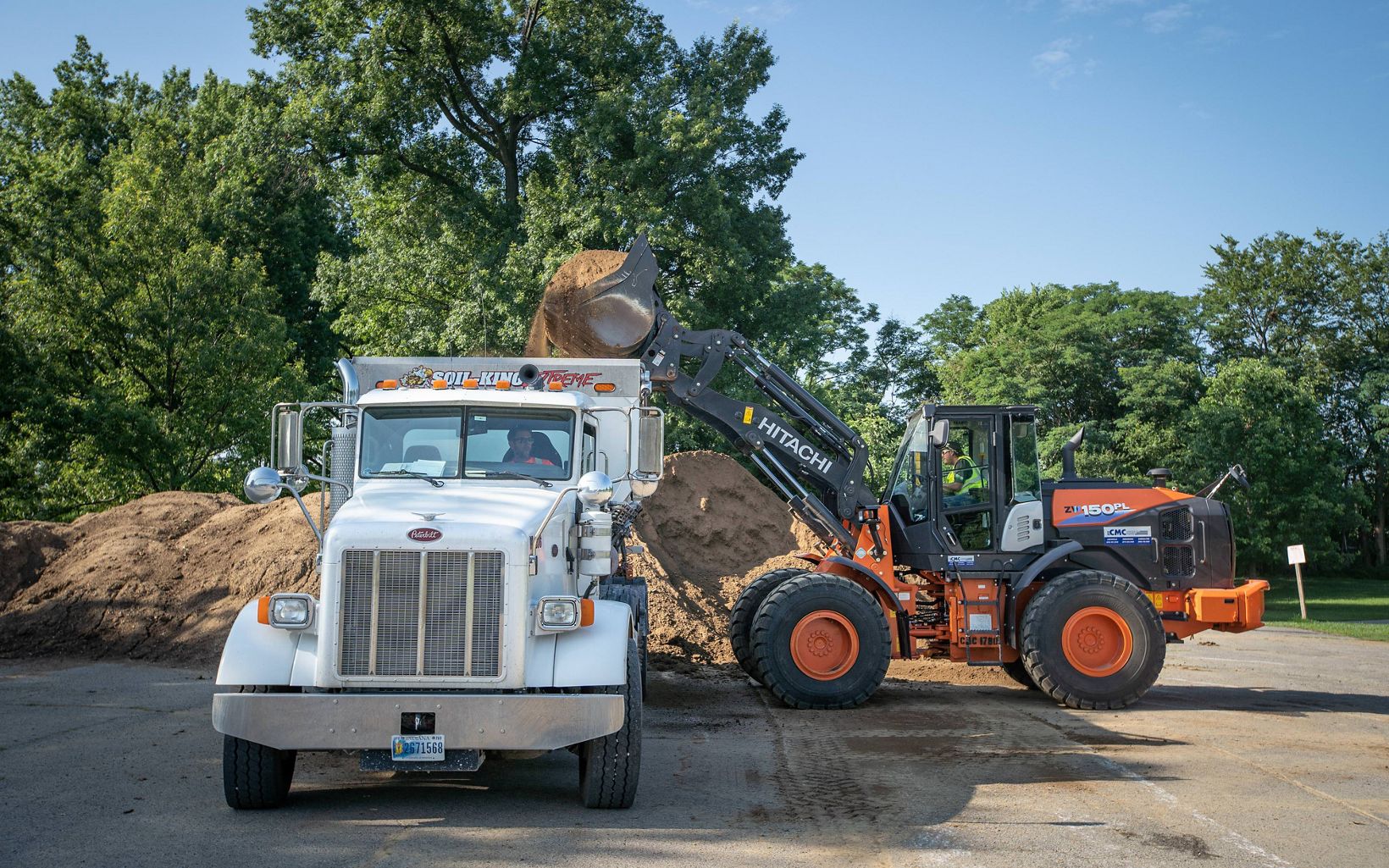
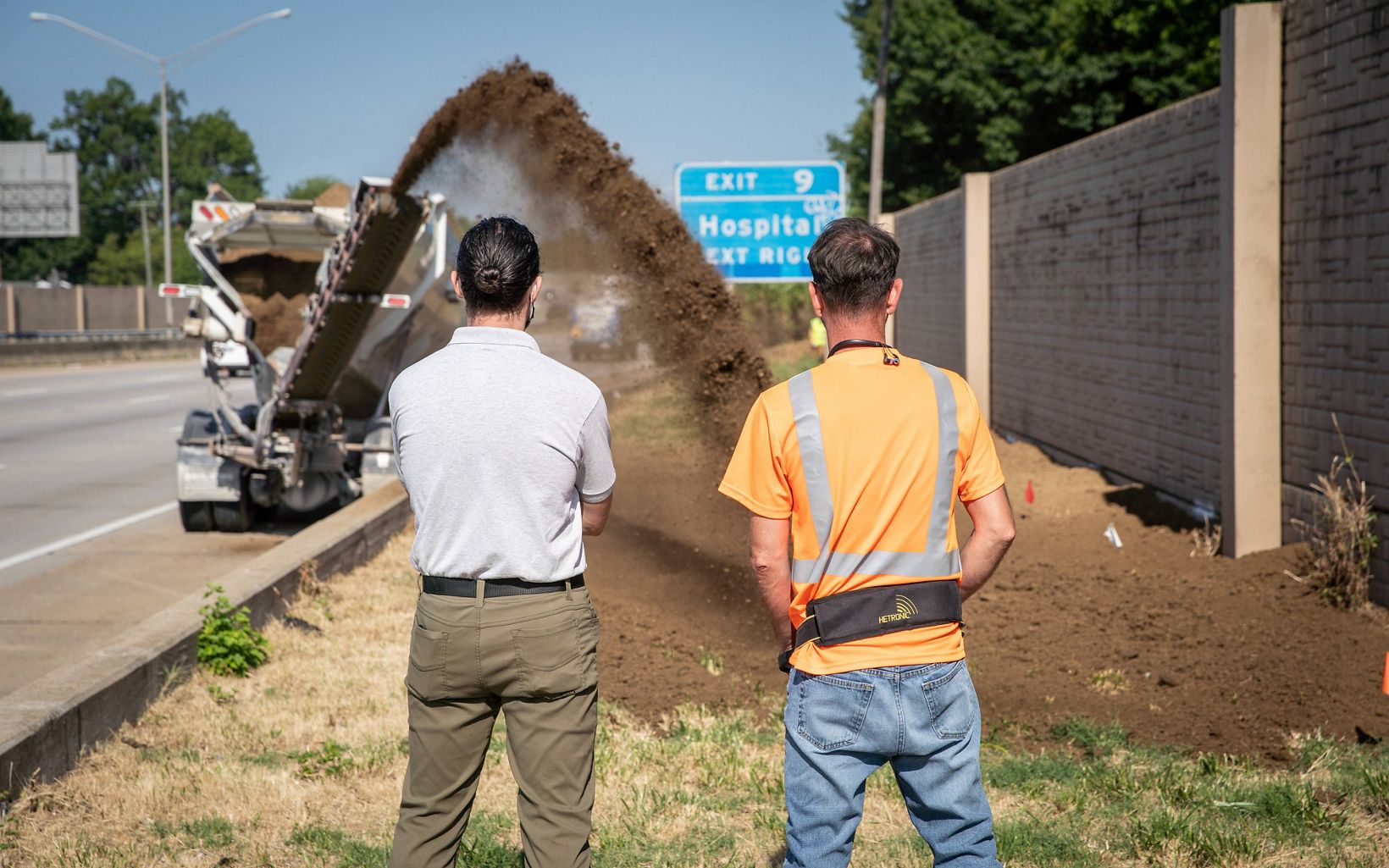
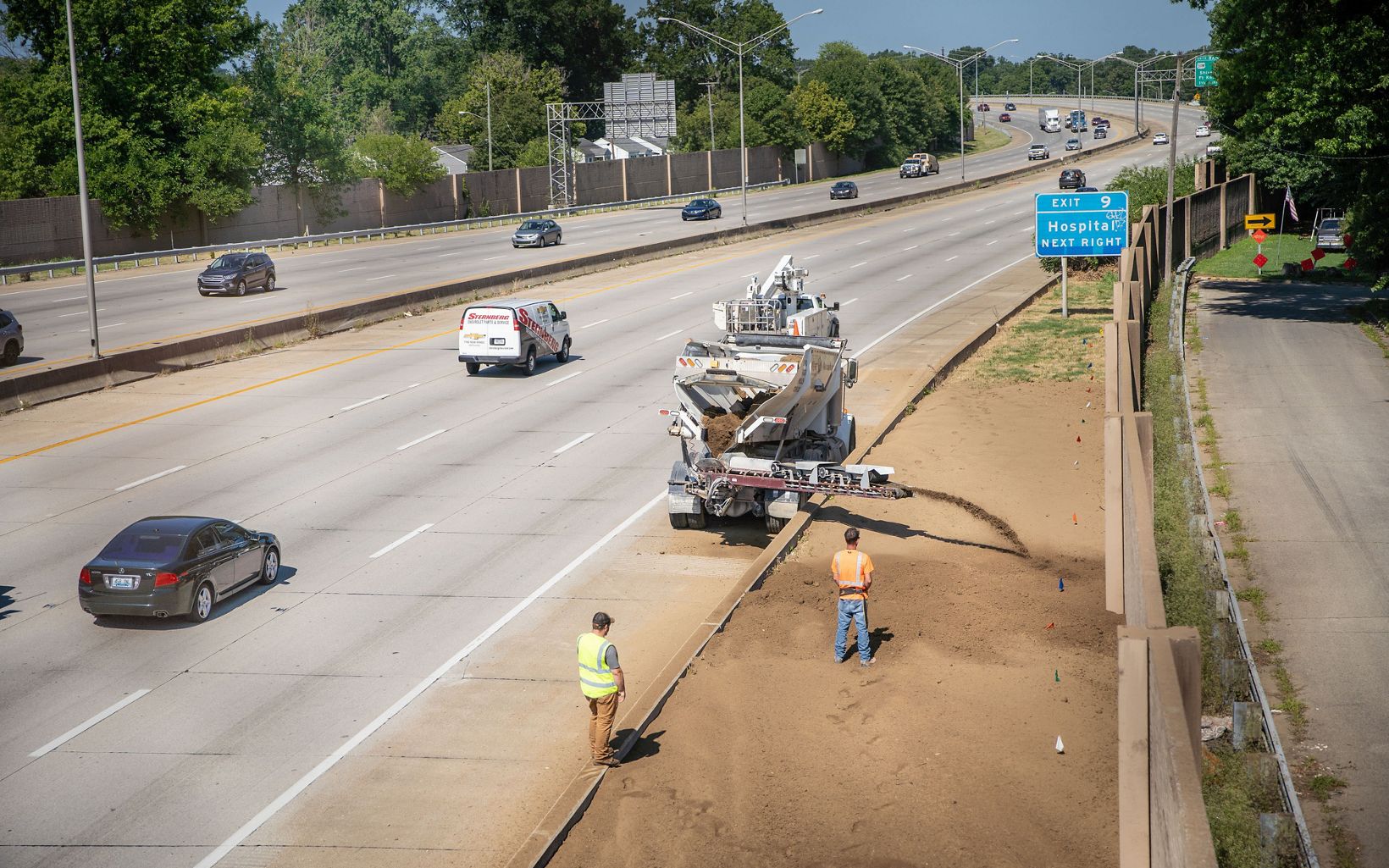
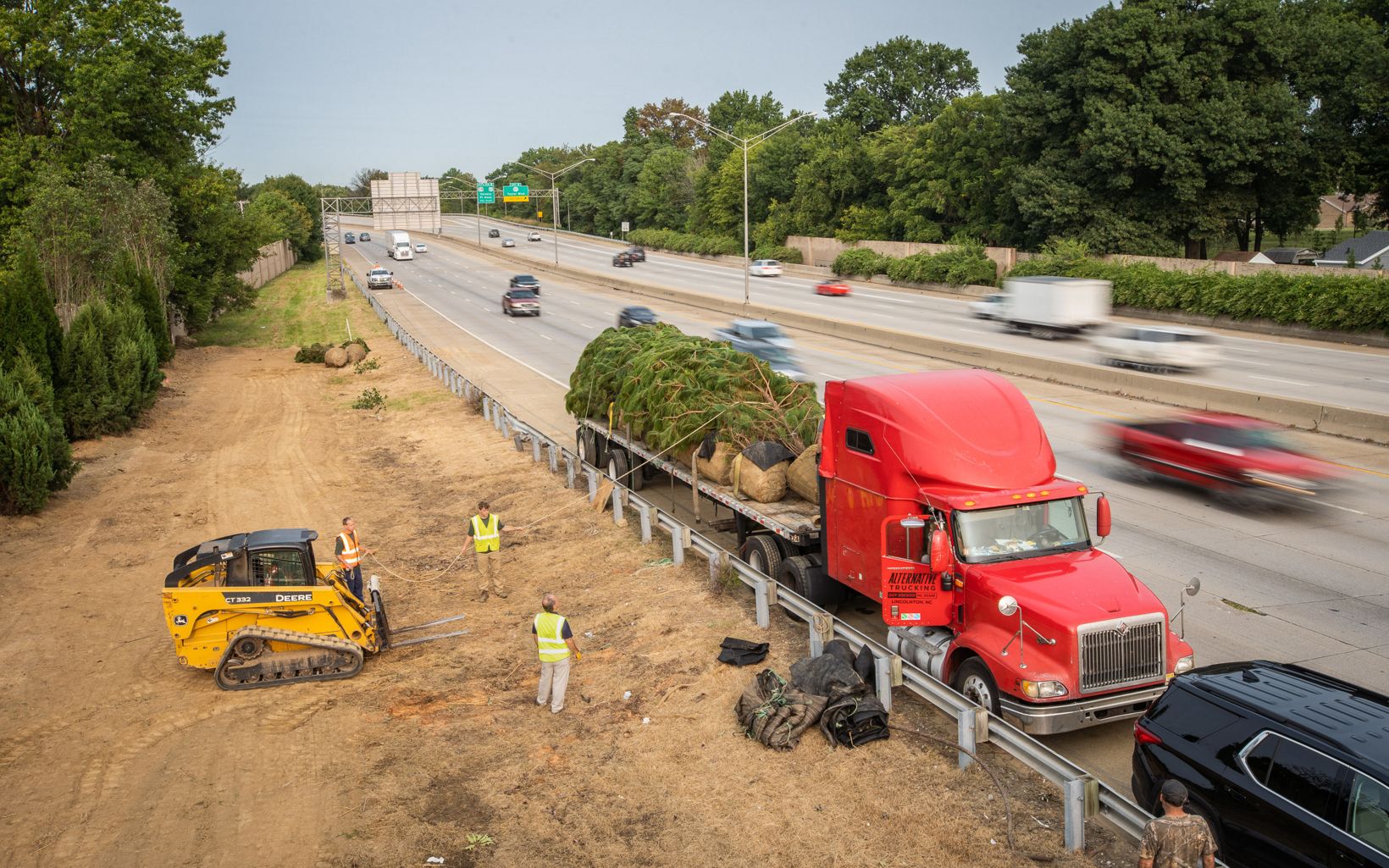
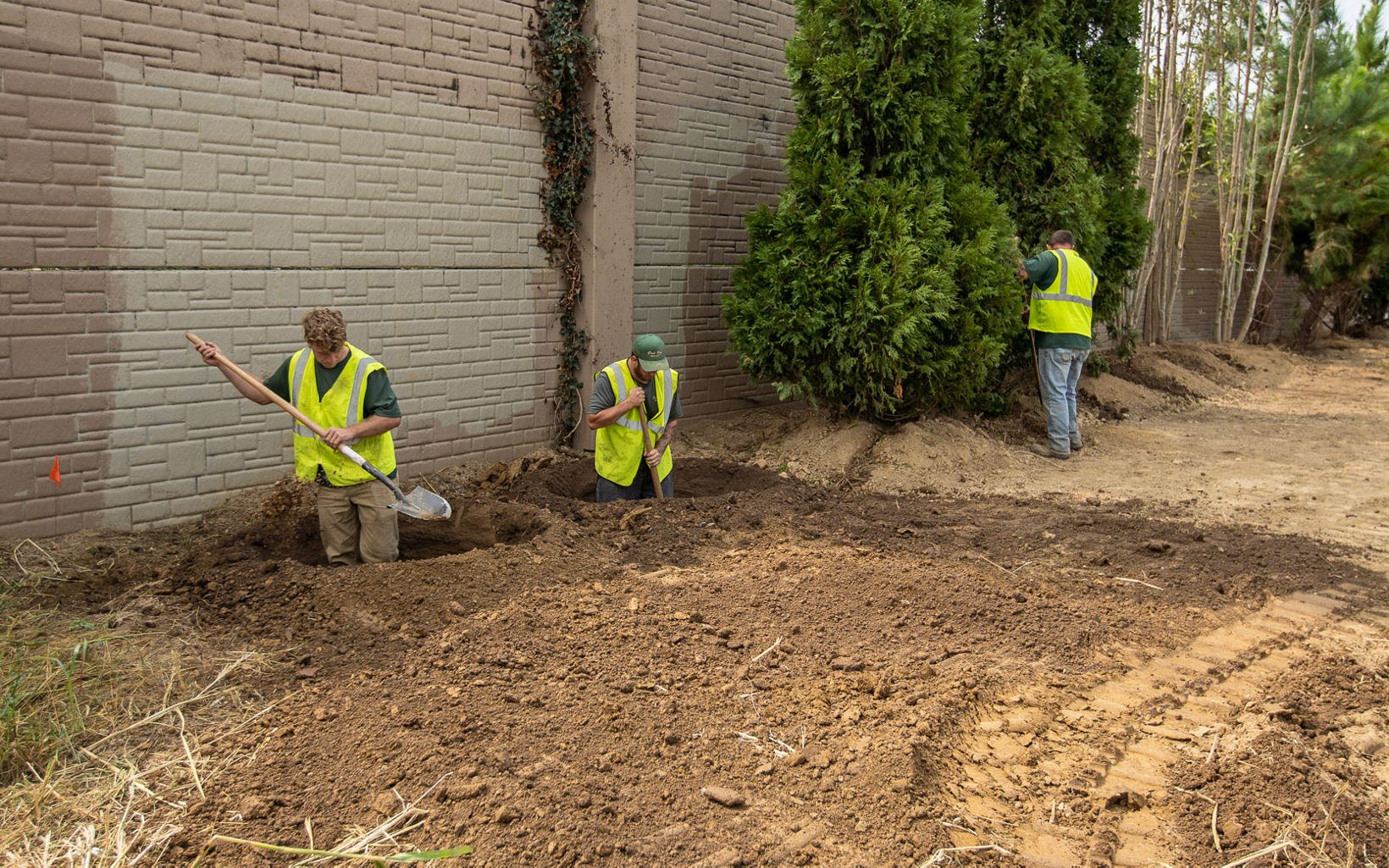
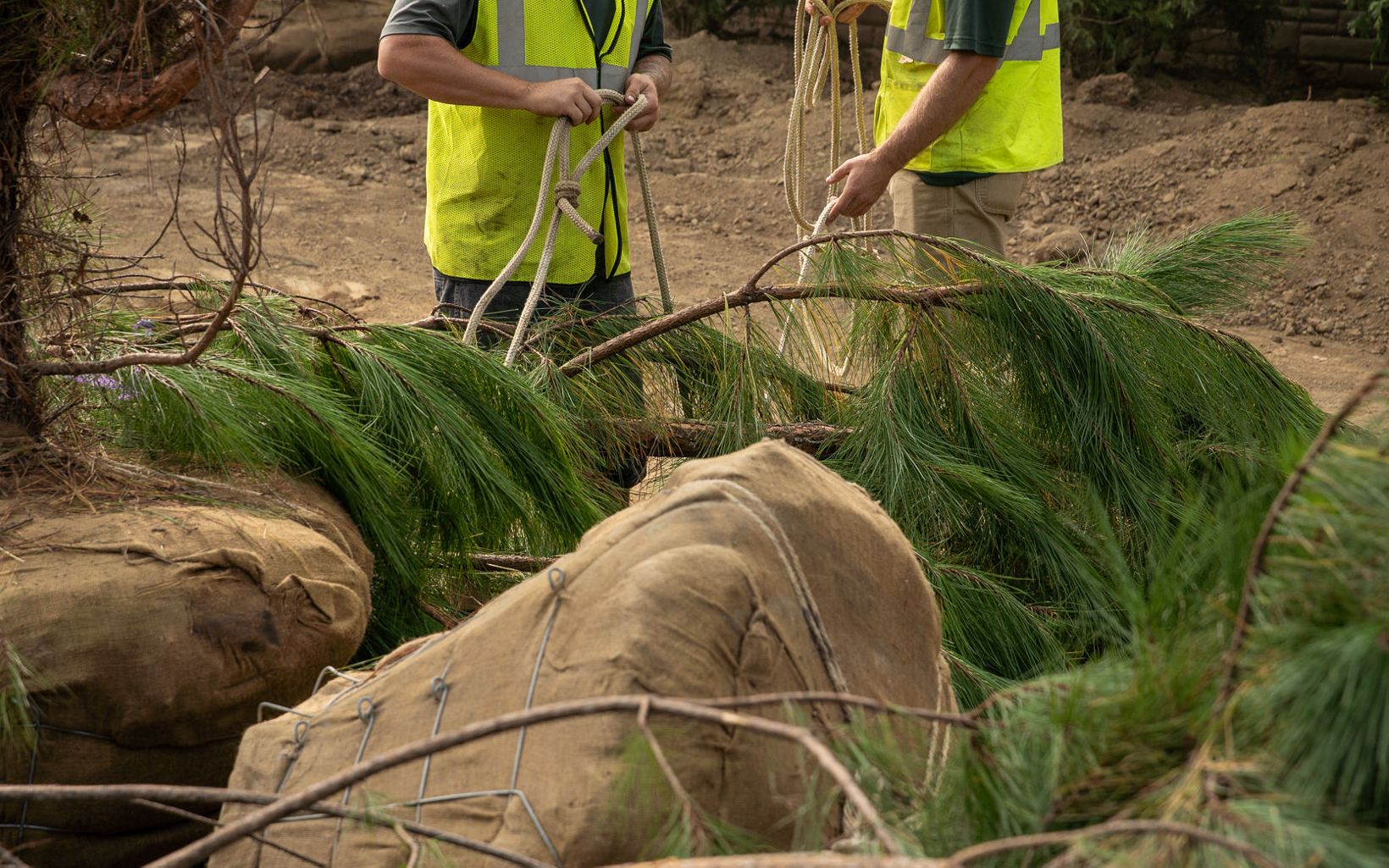
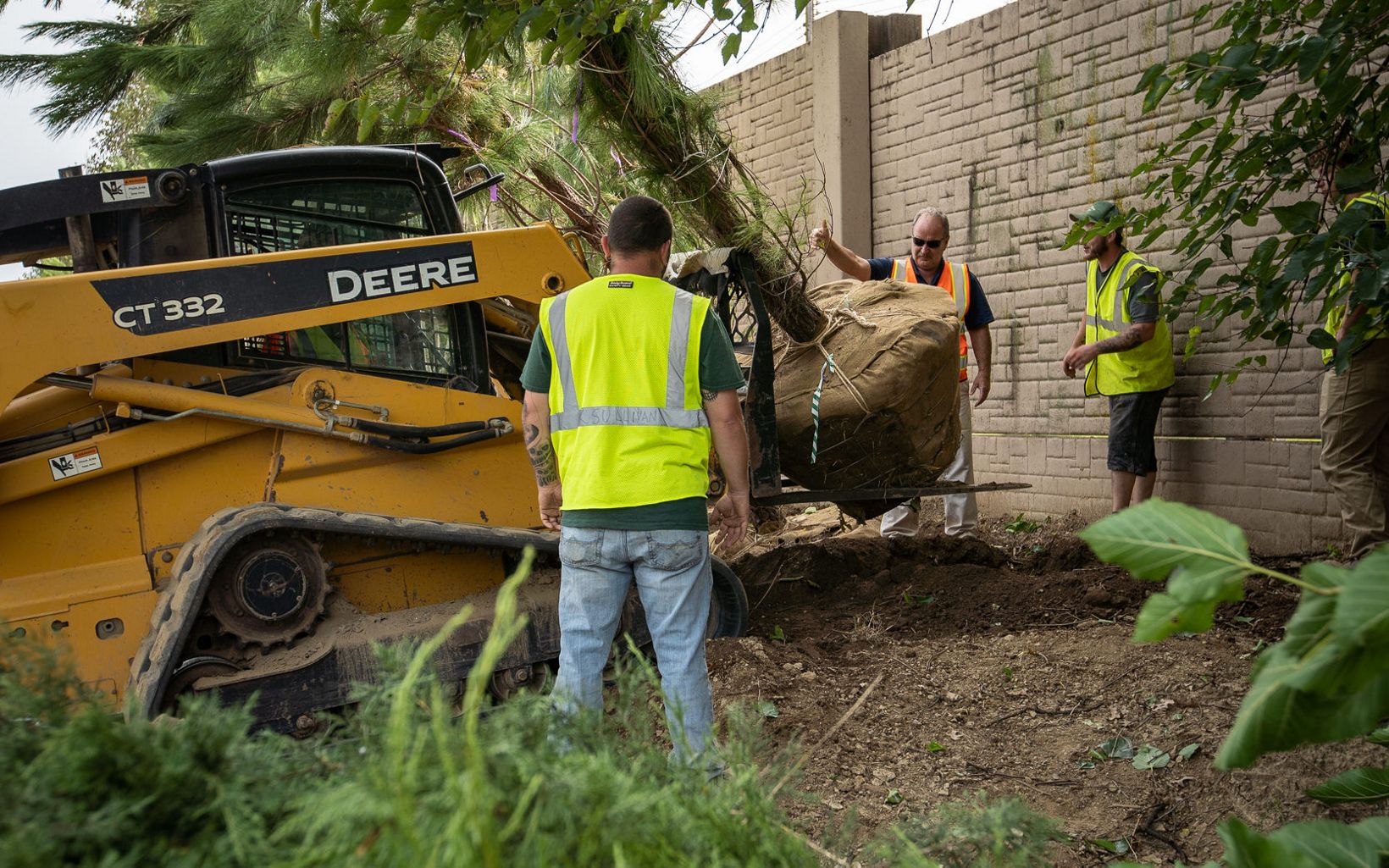







Planting Begins
In October of 2019, TNC and Louisville Grows began planting trees and shrubs in the Green Heart project study area. The partners went door-to-door, talking with South Louisville residents about the project and asking if they would be willing to allow trees to be planted on their properties.
“In the beginning, the project was really unknown,” says Chris Chandler, cities program director for TNC in Kentucky. “The first pass through a portion of the neighborhood, we had 10 percent of residents say yes. That rate of uptake is pretty standard in Louisville, according to our community partners.”
Once the first planting took place, TNC and Louisville Grows knocked on all the doors again and got 15 percent more residents to say yes. Word was spreading about the project, and residents saw their neighbors receiving trees and wanted to take part.
“Once the community saw that we were actually making good on what we were talking about, that these weren’t empty promises, we had people say, ‘Hey, my neighbor got that beautiful tree last fall, can I get one?’” says Chandler. “Now they’re starting to see tangible outcomes.”
COVID-19 slowed down planting activity in the spring of 2020, but trees continued to go in the ground. By the end of August, 675 trees were planted, with plans for nearly 900 additional trees to be planted in the fall of 2020. Four hundred of those trees are being planted along the Watterson Expressway, a highway that runs through the Green Heart study area. This planting of trees up to 24 feet tall will create a wall to filter air from the roadway before it reaches the community. Within the community, nearly 500 medium-sized trees up to 15 feet tall will be planted on private property.
“When we plant trees on private properties, a part of the agreement with the landowners is that they will take care of the trees,” Chandler says. “We educate them, we give them information and pamphlets, and we talk about the cycle of watering.”
Louisville Grows is checking on the trees, making sure they are watered and offering supplemental watering if needed. Thanks to a capacity-building grant from TNC, the partner now has a 1,000-gallon watering tank that they can drive through the neighborhoods.
“The most important thing is that these trees not only survive but thrive, and to thrive we need all hands on deck,” says Chandler. “That’s how the landowner makes an investment in the project, in the care of the trees. We’re here to support the community to keep these trees alive.”
Following the fall 2020 plantings, the next stage of planting will begin in May 2021. Thousands of trees are still to be planted in the project study area.
